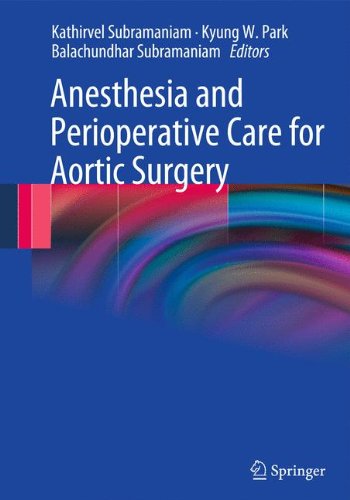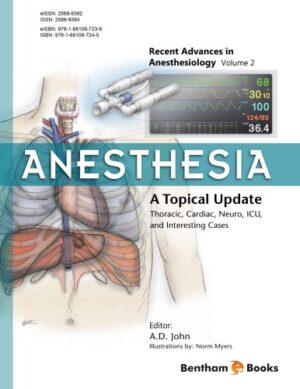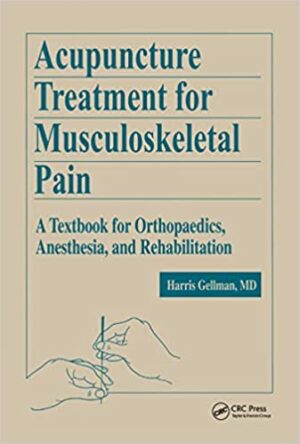Description
“Anesthesia and Perioperative Care for Aortic Surgery” is a specialized area of anesthesiology that focuses on the comprehensive care of patients undergoing surgical procedures involving the aorta. These surgeries are often complex and high-risk due to the critical role of the aorta in carrying blood from the heart to the rest of the body. Here are key aspects related to anesthesia and perioperative care for aortic surgery:
1. Patient Evaluation:
- A thorough preoperative assessment is conducted to evaluate the patient’s overall health, cardiovascular status, and specific aortic condition.
2. Aortic Aneurysms and Dissections:
- Aortic surgery commonly addresses conditions such as aortic aneurysms and aortic dissections. The type of surgery varies based on the nature and extent of the aortic disease.
3. Anesthetic Techniques:
- A variety of anesthetic techniques may be used, including general anesthesia and epidural anesthesia, depending on the type and location of the aortic surgery.
4. Hemodynamic Monitoring:
- Continuous hemodynamic monitoring is essential to ensure the stability of blood pressure and circulation, given the potential for significant changes during aortic surgery.
5. Invasive Monitoring:
- Invasive monitoring, such as arterial lines and central venous catheters, is often employed to closely track blood pressure and cardiac function.
6. Organ Protection:
- Special measures are taken to protect vital organs, particularly the brain and spinal cord, from potential complications during aortic surgery, such as ischemia.
7. Surgical Procedures:
- Aortic surgeries can include aortic valve replacement, aortic root replacement, ascending and descending aortic grafts, and hybrid procedures, among others.
8. Anticoagulation and Hemostasis:
- Anticoagulation is a critical component during aortic surgery to prevent clot formation within the surgical grafts, and careful management of hemostasis is essential to prevent bleeding complications.
9. Cross-Clamping:
- In some aortic surgeries, aortic cross-clamping is performed, temporarily stopping blood flow through the aorta. Anesthesia providers must manage this process safely.
10. Monitoring of Organ Perfusion: – Close monitoring of organ perfusion, especially of the heart, brain, and spinal cord, is vital to identify and manage complications promptly.
11. Emergencies and Complications: – Anesthesia providers are trained to manage potential complications during aortic surgery, including bleeding, cardiac arrhythmias, and ischemic events.
12. Postoperative Care: – Postoperative care often takes place in an intensive care unit to closely monitor the patient’s recovery, hemodynamic stability, and organ function.
13. Collaborative Approach: – Aortic surgery involves a multidisciplinary approach with collaboration between the anesthesiology team, cardiovascular surgeons, perfusionists, and nursing staff.
14. Advances in Aortic Surgery: – The field of aortic surgery is dynamic, with ongoing advancements in surgical techniques and technology. Anesthesia providers need to stay current with these developments.
Anesthesia and perioperative care for aortic surgery require a high level of expertise and a deep understanding of cardiovascular and aortic conditions. The safety and success of these complex surgeries depend on the coordination and skill of the entire healthcare team. Anesthesia providers play a crucial role in optimizing patient care and ensuring the best possible outcomes for individuals undergoing aortic surgery.





Reviews
There are no reviews yet.